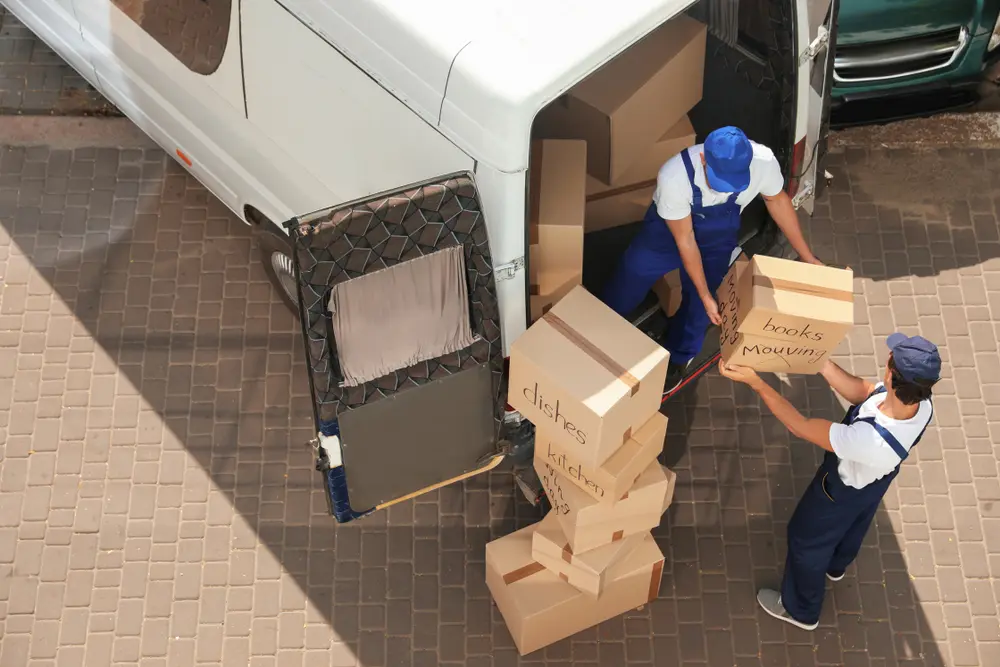
Moving can be an overwhelming and daunting process, but it doesn’t have to be that way. By planning ahead and taking the time to prepare, you can make your move a smooth and stress-free experience.
1. Get organized and create a moving checklist
Creating a moving checklist is an essential part of planning ahead for your relocation and minimizing surprises during the move. Begin by creating a timeline, making sure to allow yourself adequate time to pack, as depending on the size of your home it can take anywhere from two days to four weeks or more. After establishing this timeline, break it down into separate tasks like packing and changing addresses. Make sure to research any special arrangements that will be needed for moving cars, plants, or animals.
2. Research moving companies and compare prices

One of the most important steps when planning a move is to do your research on available moving companies in your area. Don’t be afraid to ask questions and compare different movers. Are they insured and bonded? Did they receive good reviews? Do they offer additional services like packing, storage, or customizable moving plans? Also, ask for referrals or check a company’s website and read the customer testimonials to ensure the company you are potentially choosing is reputable.
3. Create a budget
Creating a budget for your moving process should be one of the first steps when planning ahead. It’s important to stay on track with any expenses you may have for the move in order to stay within your means and ensure a stress-free move.
When creating a budget, think about all of the costs that could potentially arise for your relocation. Cover all aspects ranging from hiring movers, purchasing insurance, packing materials, renting a vehicle or trailer (if needed), transportation fees, and accommodation fees (if you’re relocating somewhere far away).
4. Gather packing supplies

In addition to boxes, you may need packing tape, markers, labels, bubble wrap, or foam peanuts at the least. It’s a good idea to have a few extra containers handy as well. Plastic bags can be used for clothing and bedding and plastic bins work great for smaller items like books or toys. When it comes time to pack breakables such as dishes or glassware, use dish packs with dividers and plenty of foam cushioning material between pieces. An added bonus is you can stack several boxes into one package when all your breakables are secured inside. These dish packs also come in handy for lamps and other non-breakable household items; after all, nothing needs to be broken during transport!
5. Unpack the essentials first
When you arrive at your new home, you may be tempted to make a beeline for the bed and crash into a brief nap before getting to work; however, it is important to remember that unpacking the essentials should be your primary goal. Invest some time in setting up the kitchen area so food preparations can begin, and try to get any recreational equipment such as TVs or computers up and running so everyone can take a break if necessary. It is also helpful to place clothes into drawers or closets so everyone has something comfortable to wear while they work on the bigger furniture pieces.
Conclusion
The moving process can be a lot more hectic than we initially thought, which is why it’s so important to have some tips and tricks up our sleeves. If you are planning on making any big moves in your life, try using some of these same tips and see how much easier the whole process can be!








